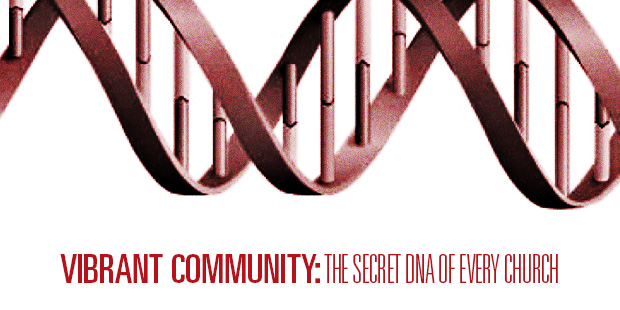
Vibrant Community: The Secret DNA of Every Church
Brands like Apple, Zappos, and Southwest Airlines understand that the thing that makes an organization great is the vibrant and passionate community it creates. It doesn’t just happen. It is intentionally cultivated. Apple didn’t get lucky because one day people decided to wait for days to buy the new iPhone. Southwest’s founder, Herb Kellerher, realized that creating a vibrant culture is something his organization had to focus on every day.
The good news for church leaders is you have the opportunity to create the same type of vibrant culture these organizations have created, if not a stronger one. But as every church leader knows, it’s not that easy.
Vibrant community: The secret DNA of every church
A few weeks ago, Church Community Builder had the opportunity to host Aaron Fortner, an expert in city planning and community building, as part of our webinar series. During the webinar, Aaron explained the fundamental principles of vibrant communities and how churches can go about creating them
If you want to build the type of vibrant community in your church that creates a multiplying effect outside the walls, here are seven things you need to know:
- Community is a verb. Most churches think of community as a noun. They think that just because they plug people into a small group, there’s community. However, community is a dynamic movement. It doesn’t just happen because your church builds a place for it. It takes intentionality to lead people into community through action.
- Vibrant church communities connect people to people, not just to the church itself. When the church is ineffective, it is a crowd of people meeting together on a regular basis. When effective, it is a tribe of believers that is connected to a vision that is bigger than themselves.
- Vibrant communities have a singular focus with widespread reach. The vision and goal of vibrant communities should always simple and easy to understand. At the same time, the focus needs to resonate with a lot of people in order for the community to grow.
- If you want your church to become a vibrant community, you must be fiercely consistent and pleasantly surprising. Consistency builds trust in your community. Your members can believe that you’re going to do the things you say you’re going to do. At the same time, consistency can become boring. That’s why it’s equally important always look for ways to challenge the status quo and surprise your community.
- If you don’t get your community strategy right, the things you’re doing won’t last. your community-building efforts should always invite people into something that’s bigger than themselves. That’s the end goal. If you don’t focus on that, the things you’re doing won’t last.
Everything your church does, from discipleship to outreach, depends on the vitality of the community among your members. If you want a deeper look into how your church can create the type of vibrant community that your neighborhood or city notices, we’ve recorded the entire webinar here.
What is your church doing to create a vibrant community that transcends even the most popular brands?
Read more from Steve Caton here.

Tags: Church Community Builder, Community, Connect, Steve Caton












